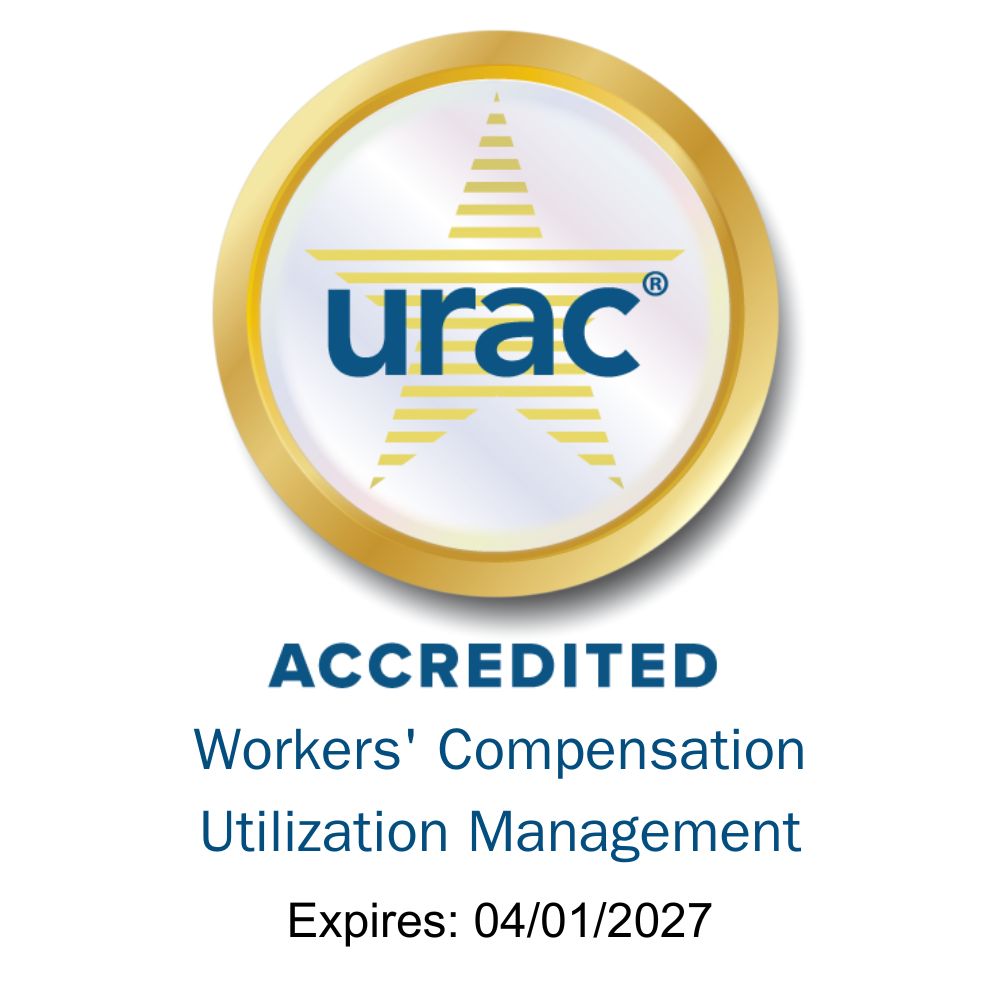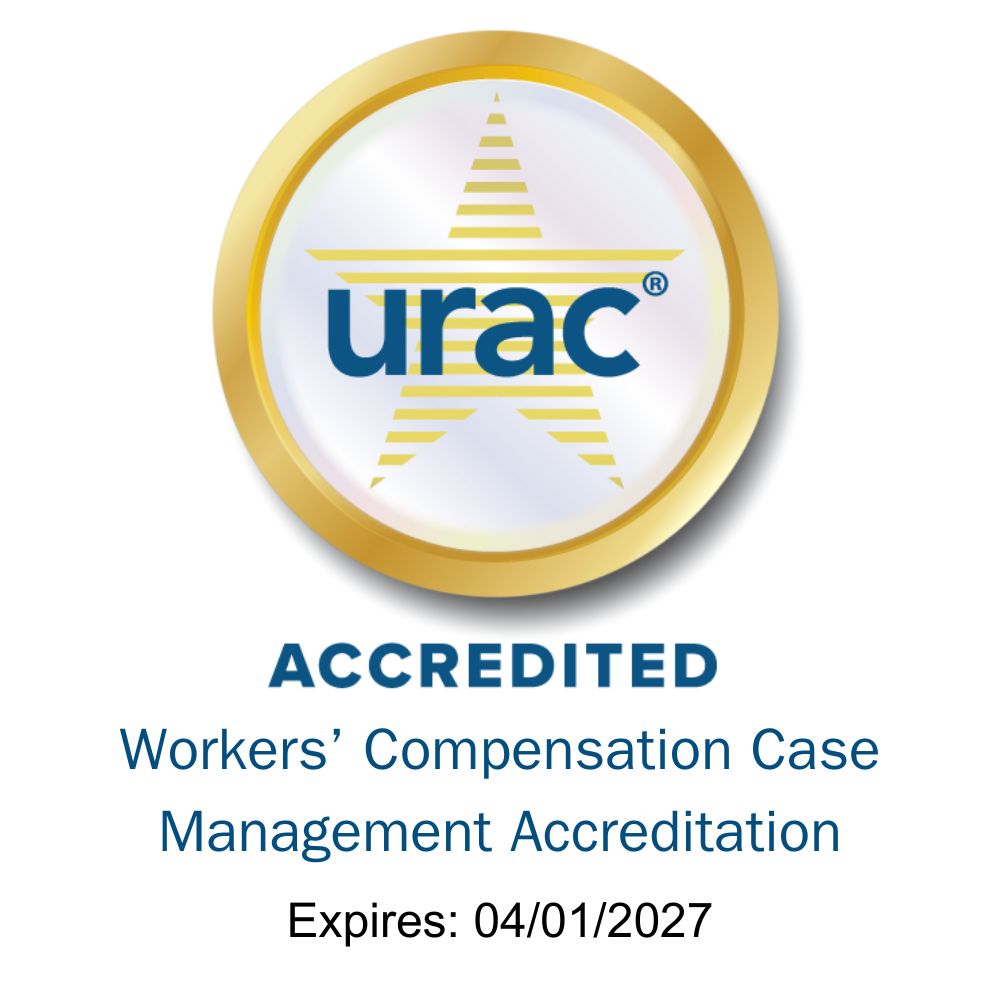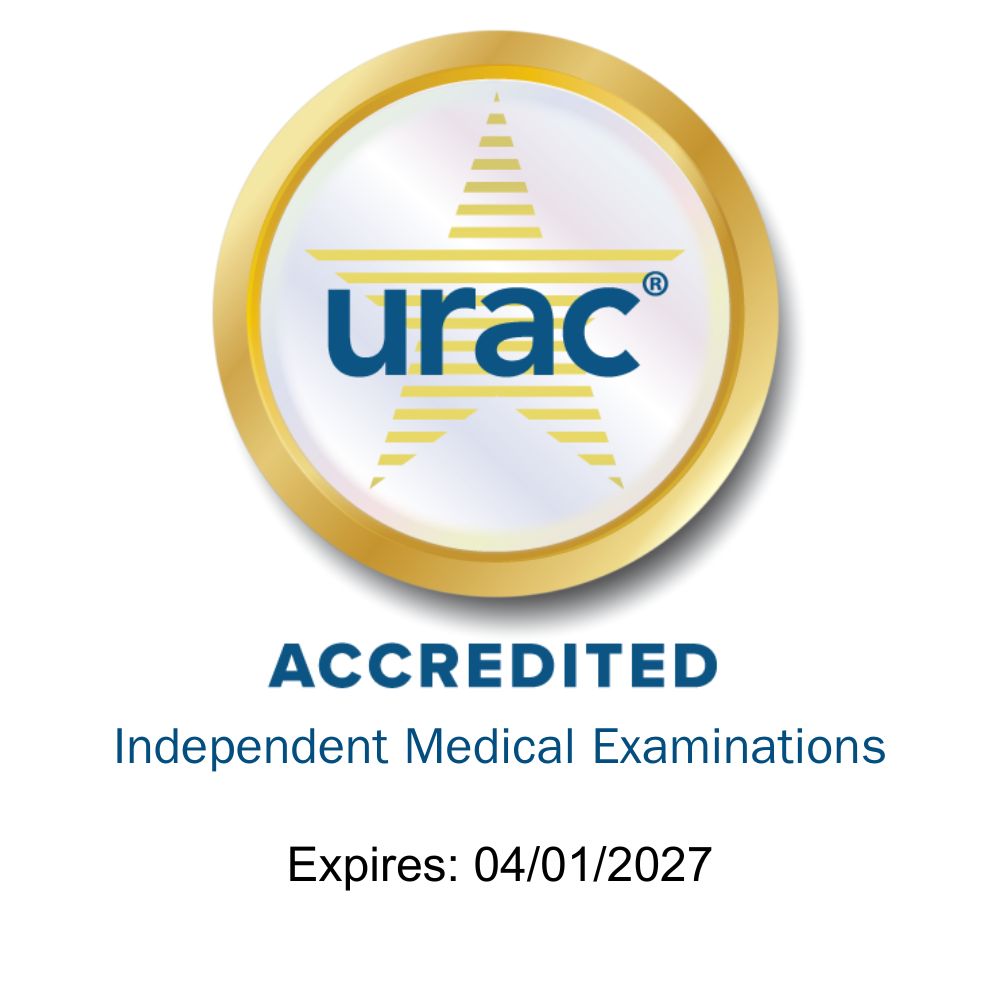One of the perplexing mysteries of workers’ comp is when a solid return-to-work plan doesn’t come to fruition. Though all physical and comorbidity factors may be accounted for, everyday stressors can be a key component that’s not being addressed. In today’s Inside Workers’ Comp, Genex’s Mariellen Blue, national director, case management services, joins us to discuss how to understand and address return-to-work delays when life gets in the way.
Tom Kerr (TK): Mariellen, let’s start with this scenario: an injured employee is not meeting his return-to-work goals. His claims management team is perplexed because the person’s injury and comorbidities were factored into his risk assessment score and this person had no history of mental health issues. What could they have missed?
Mariellen Blue (MB): Great question Tom. The management of workers’ compensation injuries from both claims and case management perspectives and the tools used to benchmark and predict recovery and return to work has evolved significantly over the past 35 years. When I started out as a nurse case manager in 1987, technology as we know it today did not exist and the severity of a claim was almost exclusively defined by the compensable diagnosis.
The evolution of evidence-based guidelines and predictive modeling tools used in workers’ compensation, such as the ODG by MCG, now enable the calculation of a risk assessment score, (which represents the severity of the claim relative to other claims with similar characteristics), as well as the projected duration for recovery and return to work. It takes into consideration not only the compensable diagnosis, but other factors such as the injured person’s age, job type, jurisdiction of the claim, and confounding factors including legal representation, depression, PTSD, psychosocial issues, diabetes, obesity, hypertension, substance abuse, smoking history, surgery/hospital stay, prescribed opioids and history of same or similar preexisting conditions.
So, looking at the scenario you cited, Tom, you would think that with all the tools available to the claims management team that, hypothetically, the injured employee should be progressing and meeting his return-to-work projections. Even in the absence of any history of mental health issues, the missing piece of the puzzle is often related to both the fears, anxiety, and depression the individual may have regarding the injury itself, as well as the escalation of everyday life stressors that now seem insurmountable.
TK: Do life stressors often impact workers’ comp cases?
MB: The answer may very well depend on the individual and how they specifically react to stress. There is a quote by the Hungarian-American psychologist Mihaly Csikszentmihalyi that says “It is how people respond to stress that determines whether they will profit from misfortune or be miserable.”
According to MedlinePlus, stress is defined as “a feeling of emotional or physical tension,” and “it can come from any event or thought that makes you feel frustrated, angry, or nervous.“ A degree of stress is part of everyday life. We pay bills, manage household budgets, manage our children’s schedules, go to work, go to school, take a test, ride a rollercoaster, give a presentation, go on a date, care for an elderly parent, go on vacation, and the list goes on. Stress is inevitable but although the word “stress“ often has a negative connotation, a degree of stress can help challenge you, motivate you and help you in reaching goals and living a healthy and happy life. This type of “good” stress, also known as eustress, is a form of stress that has a beneficial effect on health, motivation, performance, and overall well-being.
On the other hand, distress is the type of “bad” stress most people think of when they talk about stress or being stressed out. Distress is a form of stress that has negative implications. It can lead to anxiety, depression, confusion, poor concentration and decreased performance. When bad stress becomes chronic, the toll it takes can impact a person’s overall health resulting in physical and psychological issues such as pain, headaches, weight loss or weight gain, difficulty sleeping, anxiety and hypertension.
TK: What are some ways to tell if life stressors could be contributing to delayed return to work?
MB: Let me start with a definition of mental health. According to the World Health Organization, “Mental health is a state of well-being in which an individual realizes his or her own abilities, can cope with the normal stresses of life, can work productively, and is able to make a contribution to their community.“ The key words in this definition surround the ability to cope with the normal stresses of life.
A workers’ compensation injury adds an additional element of stress to a person’s life. Even for those that are adept at managing their everyday life stressors, the injury may be the tipping point for them, negatively impacting their mental health. No two people are alike, and everyone reacts to stress, particularly distress, differently. Reactions to stress are not static, meaning that the same “stressor“ may result in a different reaction at different points or different circumstances in a person’s life.
For example, let’s say Thomas is 28 years old and single. Thomas suffers a fall in the office building where he works and sustains a fracture of his left leg. Even with his left leg in a cast for 6 weeks, he can drive and is able to attend all physician and physical therapy appointments, has not required any prescription medication for pain and, with his parents and girlfriend living close by, his life remains pretty much unchanged. He recovers quickly without any complications and returns to work full duty ahead of ODG projections.
In another scenario, Thomas is 28 years old and married with a two-year-old son. His wife recently lost her job due to downsizing and they have been struggling a bit financially while she looks for another job. His mother was recently diagnosed with breast cancer and is scheduled for surgery followed by radiation. Thomas suffers a fall in the office building where he works and sustains a fracture of his left leg. Thomas misses numerous medical appointments and PT sessions and complains of ongoing leg pain as well as frequent headaches. Thomas is not meeting his recovery and RTW projections.
To an outsider looking in, all that might be seen is a 28-year-old male with a left leg fracture, therefore, the same injury, same job, same age, and same treatment plan should result in similar outcomes. But that’s not always the case. As I mentioned earlier, predictive modeling tools to project estimated length of disability and return to work are valuable in both claims and case management. But what’s missing is the ability to predict at the onset of a claim which injured employees are at risk of seemingly “routine” life stressors impacting recovery and return to work.
Case managers and other health care providers can be instrumental in early identification of life stressors that might be impacting the injured employee’s recovery. Physical symptoms of stress can include aches and pains, chest pain or feeling like your heart is racing, exhaustion or trouble sleeping, headaches, dizziness or shaking, high blood pressure, muscle tension or jaw clenching, stomach or digestive problems, sexual dysfunction, and a weakened immune system. Stress can also lead to emotional and mental symptoms such as anxiety, irritability, depression, panic attacks and general feelings of sadness.
Initial and ongoing assessments and conversations with the injured person that consider the whole person, not just the injury alone, can assist in identifying these stressors early on — such as the financial issues and his mother’s cancer diagnosis in the second Thomas scenario — and facilitate appropriate strategies and resources to help manage the stress.
TK: How can these issues be addressed to help the injured employee meet his or her goals?
MB: At the most basic level, sometimes the most effective strategy the case manager or health care provider can use when life stressors have impacted recovery and achievement of goals is to just let the injured employee know that their feelings are normal, and they’ll be OK. Often, the physical and mental symptoms and lack of control the individual is experiencing has taken them by surprise – they may be embarrassed, fearful, and reluctant to talk about it with their family and friends. Simply giving someone permission to express themselves, discuss how they are thinking and feeling, and that they are not alone, can be a catalyst for change. Injured employees should also be encouraged to get support by confiding in family and friends or seek help from a mental health professional.
While nothing can eliminate all of life’s stressors, there are many ways to manage stress that can contribute to overall health and well-being. These include exercise, a consistent sleep schedule, a healthy diet, practicing mindfulness, and cognitive behavioral therapy or CBT. Cognitive behavioral therapy works to address the underlying thought patterns that contribute to psychological distress.
Building upon the tenants of cognitive behavioral therapy, Genex is implementing a new training curriculum for our case managers called the LASER Training Series which includes an introduction to CBT and Laser foundations. The LASER program was developed to help case managers and vocational counselors work with injured and disabled employees in a way that encourages them toward a healthier and more productive life. LASER stands for:
L -Locating resistance that the employee might have to return to work
A - Actively listening for verbal and non-verbal cues that might help you guide the employee
S - Selectively reinforcing the language the employee uses that indicates that they are ready for a positive change
E- Empowering the employee to pursue the positive change, and
R - Removing barriers that still exist to achieve that positive change
LASER works with the assumption that most injuries and disabilities don’t have to keep people from doing what they are motivated and love to do. LASER gives our case managers the tools to help them figure out what is holding the person back to help them move forward.
May is Mental Health Awareness Month and in closing remember that achieving positive mental health should be considered a pillar in overall wellbeing.






